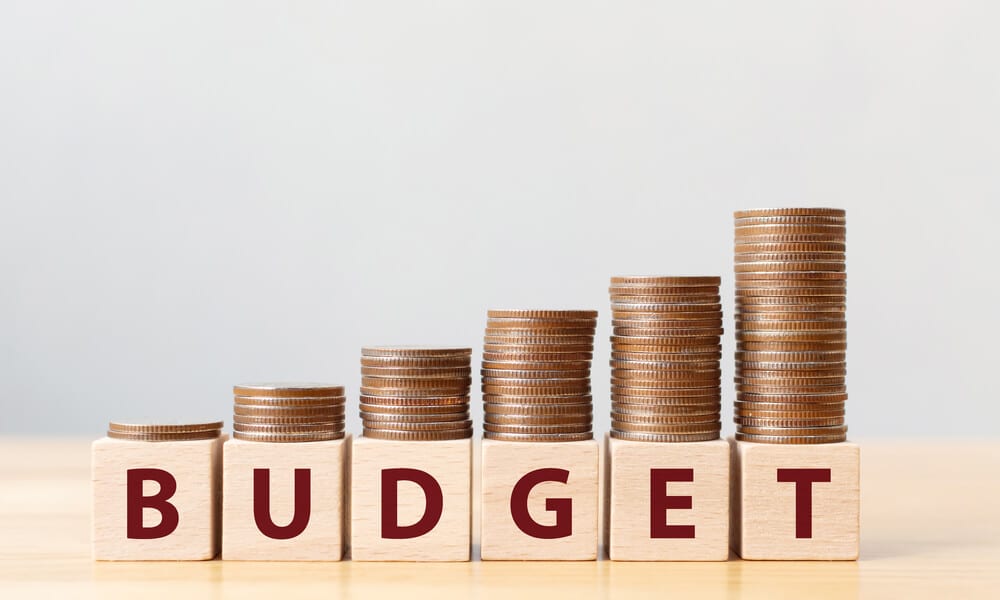


The Union Budget 2023- 24 is largely a balanced and a growth-oriented budget. Given the prevailing global economic uncertainty and the fact that elections are forthcoming, the budget is merely on expected lines. While the fiscal deficit is estimated to be 5.9% of GDP, and aimed to reach a fiscal deficit below 4.5% by 2025-26, it is apparently ambitious, and a bit vulnerable given the ambition set in capex and infrastructure development, along with other goals.
From the financing aspect, gross market borrowings are estimated at Rs 15.4 lakh crore, while the estimated net market borrowings are kept at Rs 11.8 lakh crore, with the balance financing expected to come from small savings and other sources. On expected lines, there is some tweaking regarding personal income taxes, whereas the rebate limit under the new tax regime is enhanced at Rs 7 lakh (this is slightly a leeway provider as from the existing regime under Sec87A with less or up to Rs 5 lakh income, the claim has enhanced to Rs 25,000 from the earlier Rs 12,500).
A positive feature of this Budget is that for the income bracket in 12-15 lakh, the rate is reduced to 20%, whereas for all the lower than Rs 15 lakh annual income, the tax rates are relatively reduced, thus possibly providing scope for disposable income spending by population in relatively lower strata income group, which might be helpful in augmenting market demand for various other products and services.
The new tax regime is as follows:
The reduction of the highest surcharge rate from 37% to 25% in the new tax regime and the extension of the benefit of standard deduction to the new tax regime are also welcome moves. One positive feature is the reduction of the number of basic customs duty rates on goods, other than textiles and agriculture, from 21 to 13 as well as incentivizing green mobility.
Though there are certain tweaks in the electric kitchen chimneys etc, more in-depth thoughts are required to address the issue of overall inverted duty structure. A brief analysis of the other features of the Union Budget 2023-24 for certain sectors are discussed below:
Support to the Agriculture Sector:
The setting up of the “Digital Public Infrastructure for Agriculture” would be especially useful in addressing farmer-centric solutions through relevant information services, and a commendable policy step is the decision to set up an “Agriculture Accelerator Fund” to encourage agri-startups by young entrepreneurs in rural areas. In order to make India a global hub for millets, the Indian Institute of Millet Research, Hyderabad, has been identified as the Centre of Excellence. The plan to set up massive decentralized storage capacity would also help farmers to realize remunerative prices.
Thrust on Infrastructure and Capital Investment:
To enhance the infrastructure and productive capacity, capital investment outlay is being increased for the third year in a row by 33% to Rs 10 lakh crore, which would be 3.3% of GDP, as well as almost three times the outlay in 2019-20. The “Effective Capital Expenditure” of the Centre is budgeted at Rs 13.7 lakh crore, which will be 4.5% of GDP. The state governments are also encouraged for capital investment by the extension of the 50-year interest free loan. A capital outlay of Rs 2.40 lakh crore has been provided for the Railways.
While the increased outlay is a welcome move, however, the timing of execution of projects needs to be watched, which is needed for creating an enabling infrastructure framework. The outlay for PM Awas Yojana is being enhanced by 66% to over Rs 79,000 crore.
Urban Infrastructure Development Fund:
Budget 2023-24 has announced setting up of a UIDF in a similar manner to the Rural Infrastructure Development Fund (RIDF) managed by the National Housing Bank (NHB), that will be used by public agencies to create urban infrastructure in Tier 2 and Tier 3 cities, with an expected outlay of Rs 10,000 crore per annum, while state governments will be encouraged to leverage resources from the grants of the 15th Finance Commission, as well as existing schemes, to adopt appropriate user charges while accessing the UIDF.
Incentivizing Lab-Grown Diamonds (LGDs):
In line with the demand by the GJEPC, as well as to encourage indigenous production of LGD seeds and machines and to reduce import dependency, the budget has declared that a research and development grant will be provided to one of the IITs for five years. These environment-friendly LGDs would be helpful in enhancing employment in India as well as to deploy India’s handmade jewellery potential.
Energy Transition and Green Hydrogen Mission:
With a target to reach an annual production of 5 MMT by 2030, the recently launched National Green Hydrogen Mission (with an outlay of Rs 19,700 crore) is expected to facilitate transition of the economy to low carbon intensity, reduce dependence on fossil fuel imports, and make the country assume technology and market leadership in this sunrise sector.
Further, this budget provides Rs 35,000 crore for priority capital investments towards energy transition and net zero objectives, and energy security by Ministry of Petroleum & Natural Gas. Moreover, Battery Energy Storage Systems with capacity of 4,000 MWH will be supported with Viability Gap Funding, and a “Green Credit Programme” will be notified under the Environment (Protection) Act. This will incentivize environmentally sustainable and responsive actions by companies, individuals and local bodies, and help mobilize additional resources for such activities. Sankhanath Bandyopadhyay is an Economist at Infomerics Ratings.